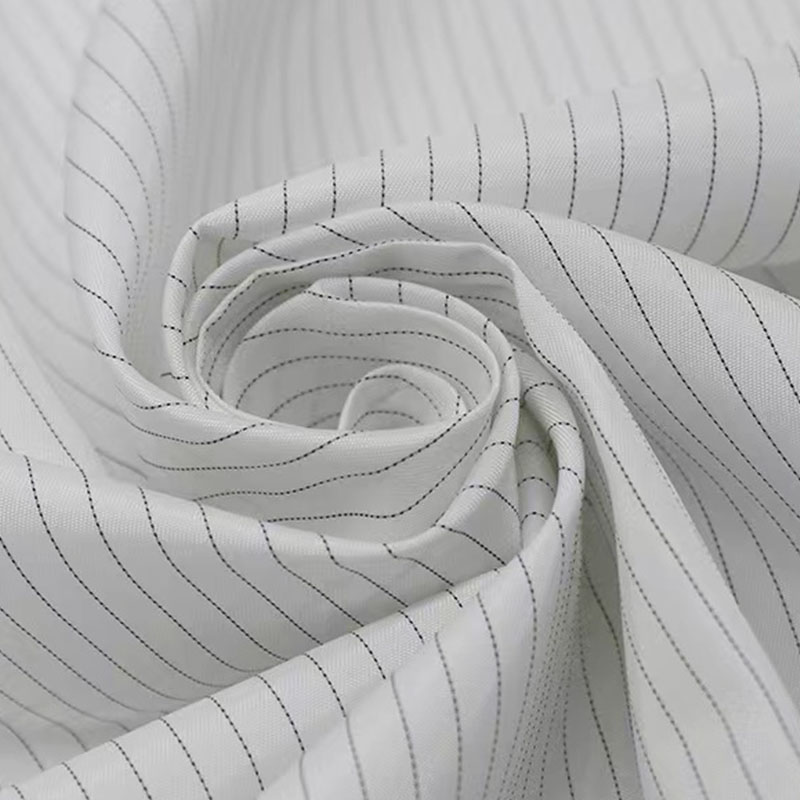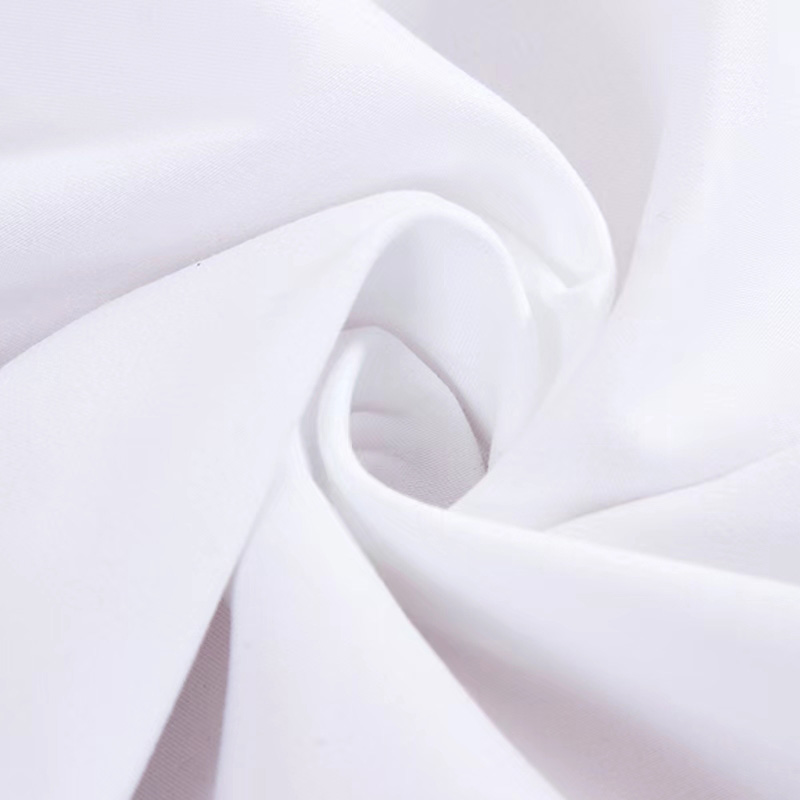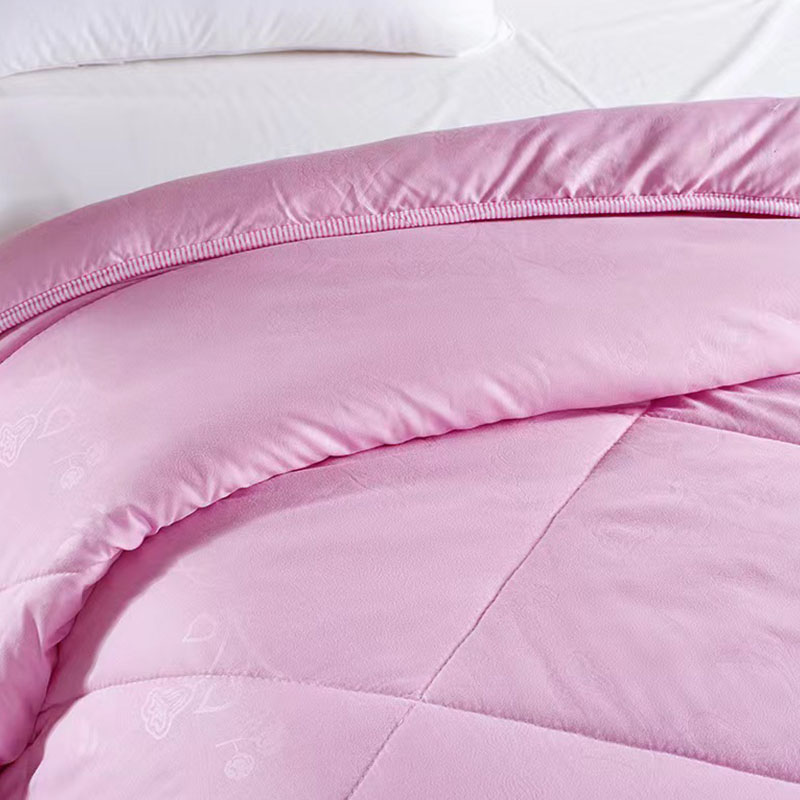Polyester Disperse Printing Fabric has gained prominence in the textile industry for its versatility and performance characteristics. One common inquiry is whether this fabric is suitable for digital printing, a popular and modern printing method known for its precision and intricate detailing.
Digital printing involves the direct application of digital images onto fabric, eliminating the need for traditional printing screens. This method offers a range of benefits, including high-quality prints, faster production, and the ability to accommodate intricate designs with numerous colors.
Polyester Disperse Printing Fabric proves to be well-suited for digital printing for several reasons:
Compatibility with Sublimation Inks:
Polyester Disperse Printing Fabric is receptive to sublimation inks commonly used in digital printing. Sublimation inks are designed to transform from a solid to a gas under heat, bonding directly with polyester fibers and resulting in vibrant and durable prints.


Color Retention and Vibrancy:
The inherent properties of polyester, such as its resistance to fading, contribute to excellent color retention. This ensures that digital prints on Polyester Disperse Printing Fabric maintain their vibrancy and clarity over time.
Quick Drying and Fast Production:
Polyester has the advantage of quick ink absorption and drying, facilitating a faster production process in digital printing. This efficiency is crucial for meeting high-volume demands in various industries.
Detail Reproduction:
The fine texture of Polyester Disperse Printing Fabric allows for the precise reproduction of intricate details in digital prints. This makes it suitable for applications where intricate patterns or high-resolution images are desired.
Durability and Wash Fastness:
Polyester is known for its durability, and prints on Polyester Disperse Printing Fabric exhibit good wash fastness. This ensures that the prints remain intact and vibrant even after multiple wash cycles, contributing to the longevity of the printed fabric.

 English
English Español
Español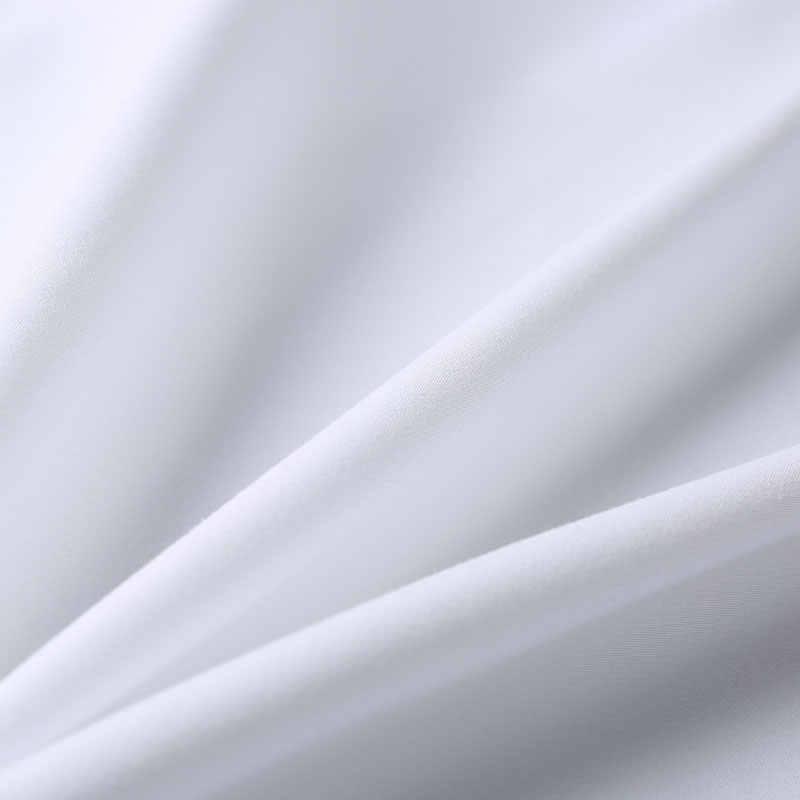















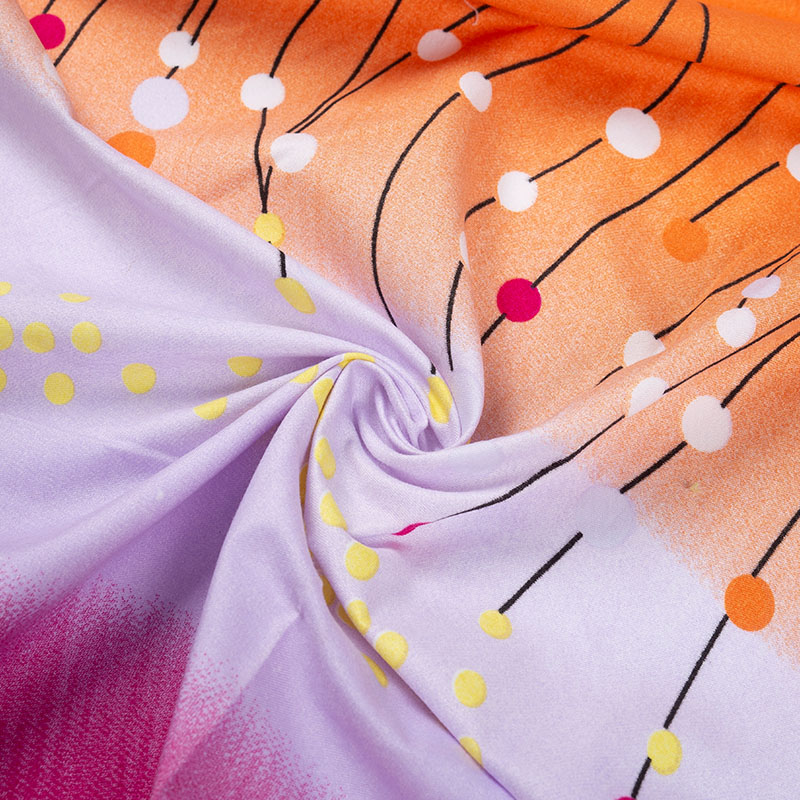
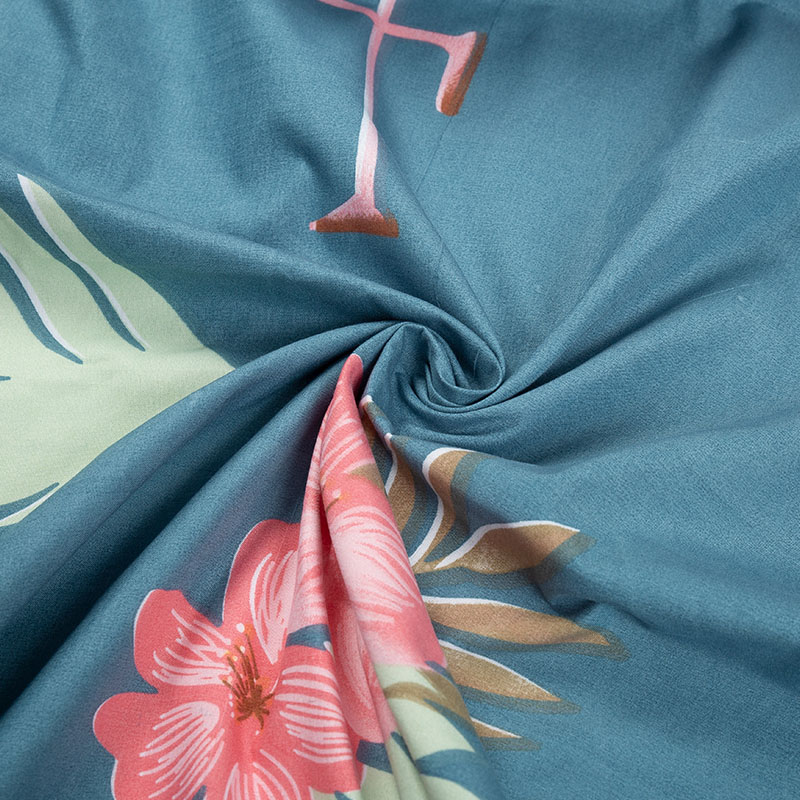

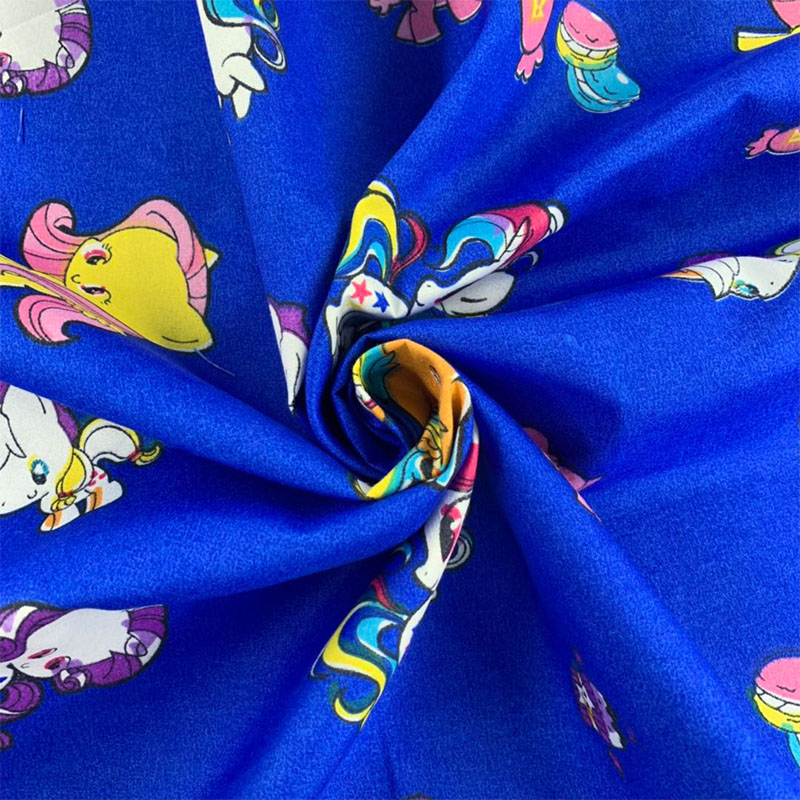
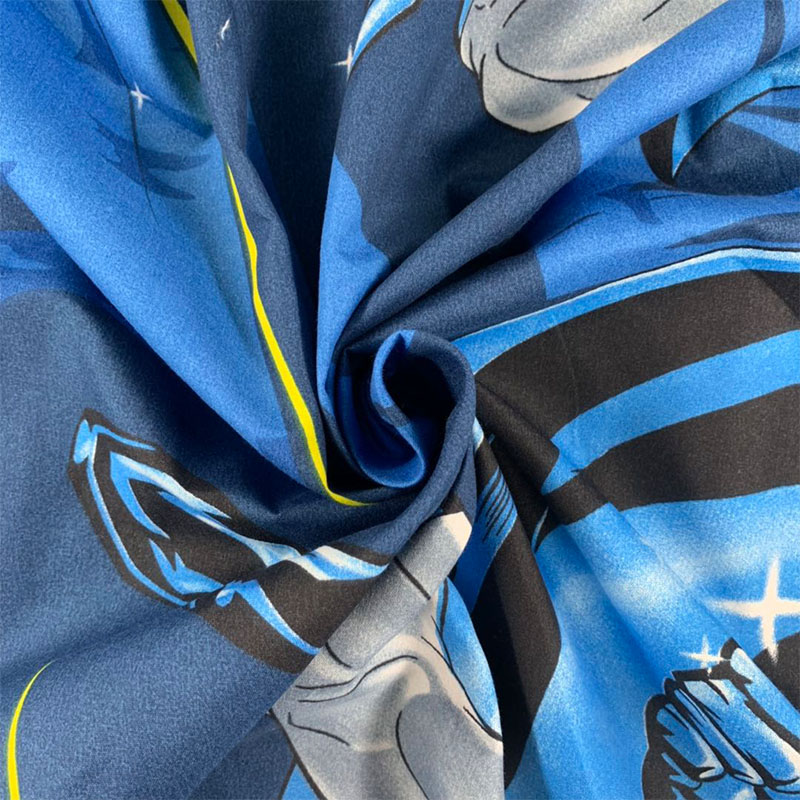



.jpg)






